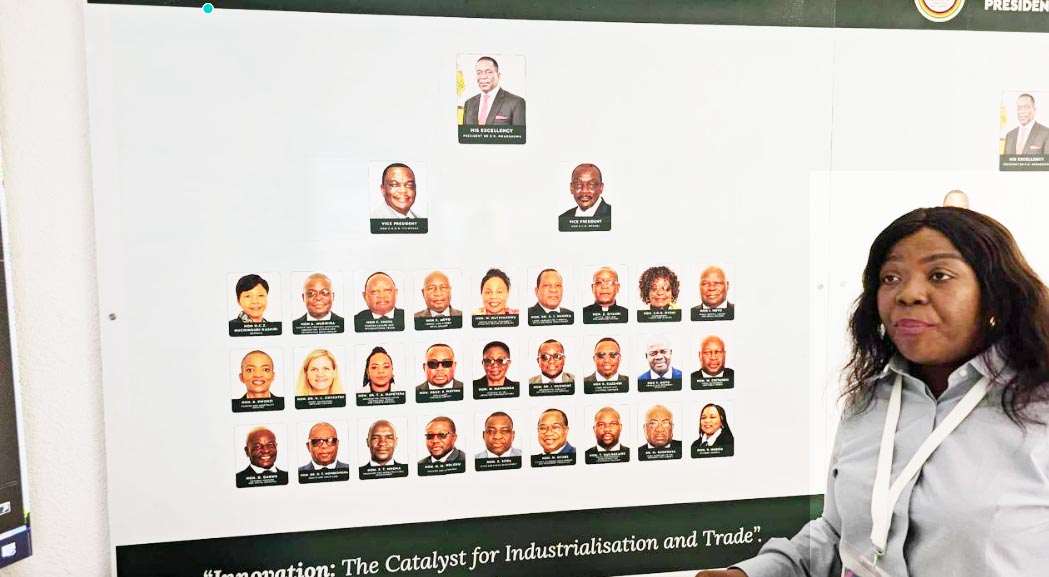Zambian real estate market robust, says report
“There is a lot more local and international money in Zambia’s property market than people think,” says Carl Johan Collet managing partner of Urban Africa Property Group.
“Between 2014 and 2017, we have tracked more than $1,3 billion in direct investment into the Zambian property market,” he says.
Adding that the lion share of this investment has been by Foreign Direct Investments (FDIs) predominantly into cash flow generating properties with Lusaka’s retail sector by far the largest recipient.
“We have tracked more than $715 million in FDI with 74,6 percent invested into Lusaka and the remainder into the Copperbelt region and Livingstone,” he says.
During the same period, local institutional investors (pension funds and insurance companies) have invested $445 million, and local developers have invested $80 million in new developments says Collet.
Having spent four years tracking foreign and local investment into Zambia commercial real estate, the money invested by international and domestic institutional investors into different sectors certainly paints a bullish and distinct picture of the country’s real estate market says Collet.
Collet’s comments come ahead of the third annual ZamReal Property Forum taking place on August 21, 2018, at the Taj Pamodzi Hotel, where he and business partner, Bonna Kashinga will present the first authoritative review of the Zambian property market across its major sectors of hospitality, retail, residential, student housing, logistics and the office sector.
The majority of FDI he says, 56 percent to be exact has gone into “cash flow generating properties” he says, while 44 percent have gone into the development.
Adding that, “Retail is by far the most popular asset class with 64 percent of the investment while office, hospitality and residential has each received 10-13 percent”, respectively, of funds, invested.”
While the continued investment into Zambia’s retail sector has called for some developers and retailers warning of a rapid saturation in the sector, Kashinga points out that the market still has more room to grow.
“We now have 41 supermarkets in Lusaka alone, 81 across the country when 15-years ago there were only five.”
Such rapid growth in such a short period has helped the industry thrive and has led to the continued push into retail, which Kashinga believes will continue.
“There has been massive growth, but Zambia can comfortably accommodate 300 grocery stores and its why the big five retailers want to build 30 per year,” says Kashinga, adding that after South Africa — Zambia has the second largest amount of Shoprite supermarkets in Africa.
The numbers he says while representing a significant jump are supported by economics, which dictates that in South Africa and Zimbabwe, it’s estimated that $60–80 million in GDP is needed to sustain a supermarket and caters to 8-10 000 people. However, in Zambia, he says “it’s closer to $300 million per GDP and 200 000 people.”
For Collet, the growth in the retail sector and investment has highlighted distinct trends in appetite between local investors and international investors.
“As a local developer in the retail sector, we have noticed that 5 000 sqm below $8 million is optimum for the local pension funds. Also, the internationals only want to buy at $20 million and up.”
Assets valued in between these figures, Collet says are struggling to attract buyers. “Zambia is intriguing, and in our research, we’ve begun to call this the dead zone.”
The differences Collet adds become ever more distinct; the deeper you dig into the research, which they have conducted across six critical categories.
“The Zambian market is dynamic, and our purpose in releasing this first report is to create transparency in the market and encourage others to share their information, which we believe will result in more investment.”
As Kfir Rusin, the host of Zamreal host says, “The strong growth of the middle class, climbing copper prices and effective government support over the years is why Zambia continues to be such an attractive destination. I think the rest of Carl’s and Bonna’s report is going to create a new wave of interest locally and internationally.” – Africa.com








Comments